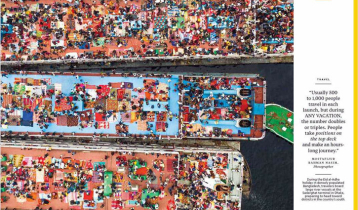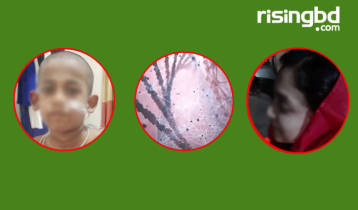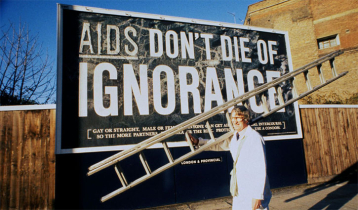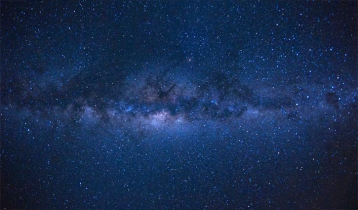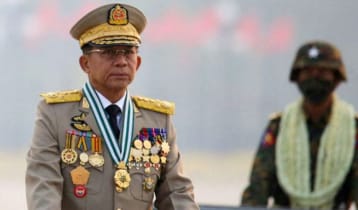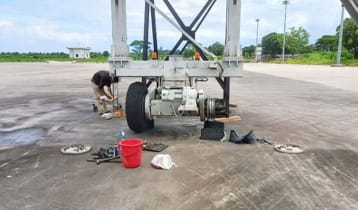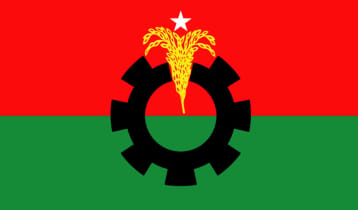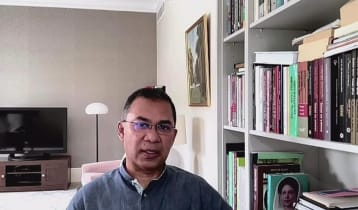Korea finds ancient human sacrifices
4 || risingbd.com
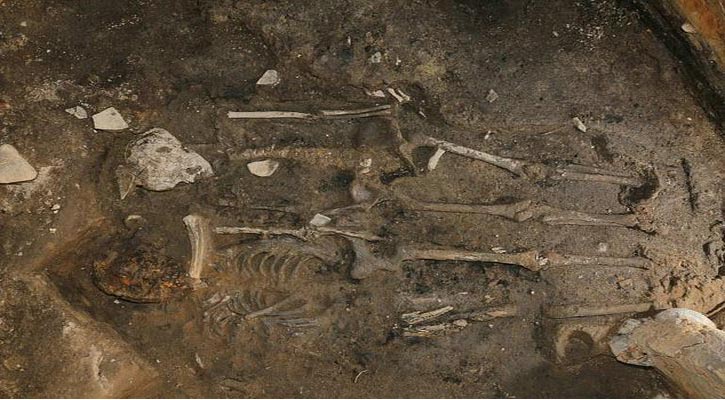
International Desk: Around 14 centuries ago, two people living in ancient Korea were sacrificed to ensure the successful construction of a royal fortress.
That is the finding of an archaeological dig that located human remains under the walls of the castle.
And this is the first time direct evidence of the practice has been found, according to the researchers.
The skeletons, dating from the fifth century AD, were found under the Wolseong, or Moon Castle, in Gyeongju in South Korea.
This was the capital of the former Silla kingdom, Seoul's Cultural Heritage Administration said in a statement.
The burial of living victims with dead kings to serve them in the afterlife is well known in ancient Korean cultures.
And there have long been rumours of human sacrifices made to appease the spirits and gods of early Korean shamanism.
But this is the first time any proof has been uncovered, according to the archaeologists behind the discovery.
Speaking to a news agency, Choi Moon-Jung of the Gyeongju National Research Institute of Cultural Heritage said: 'This is the first archaeological evidence that folklore about humans being sacrificed for the foundations of buildings, dams or walls were true.'
How the Wolseong victims were put to death was not yet clear and further research is being carried out.
They may have been buried alive, while unconscious, the researchers said.
The two skeletons were found side by side under a western corner of the castle's earth and stone walls.
One was found facing upward, with the other turning its face and arms slightly towards the first.
DNA and other tests are being carried out on the remains to determine their physical characteristics, health, diet and genetic attributes.
'Judging from the fact that there are no signs of resistance when they were buried, they must have been buried when they were unconscious or dead,' senior researcher Park Yoon-Jung added.
'Folklore indicates humans were sacrificed to appease gods and plead with them to ensure the structures being built lasted a long time.'
The Silla kingdom was one of three dynasties that emerged on the Korean peninsula in the first millennium.
The Silla conquered the Baekje and Goguryeo families, unifying the territory in 668 AD.
It later split up and was finally overwhelmed in 935 AD.
Artefacts from the period include some of Korea's most precious cultural treasures and the historic sites of Gyeongju are a major tourist attraction.
Other finds included wooden inscription tablets and 6th-century animal and human figurines, including one whose turban and clothing appeared similar to those worn in the ancient Central Asian civilisation of Sogdiana.
Source: The Mail
Risingbd/ May 16, 2017/Mukul
risingbd.com


